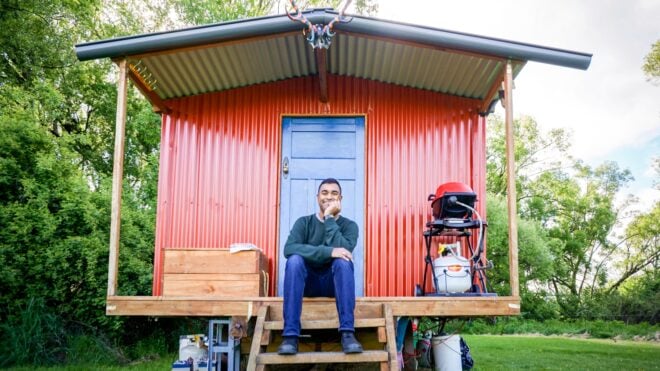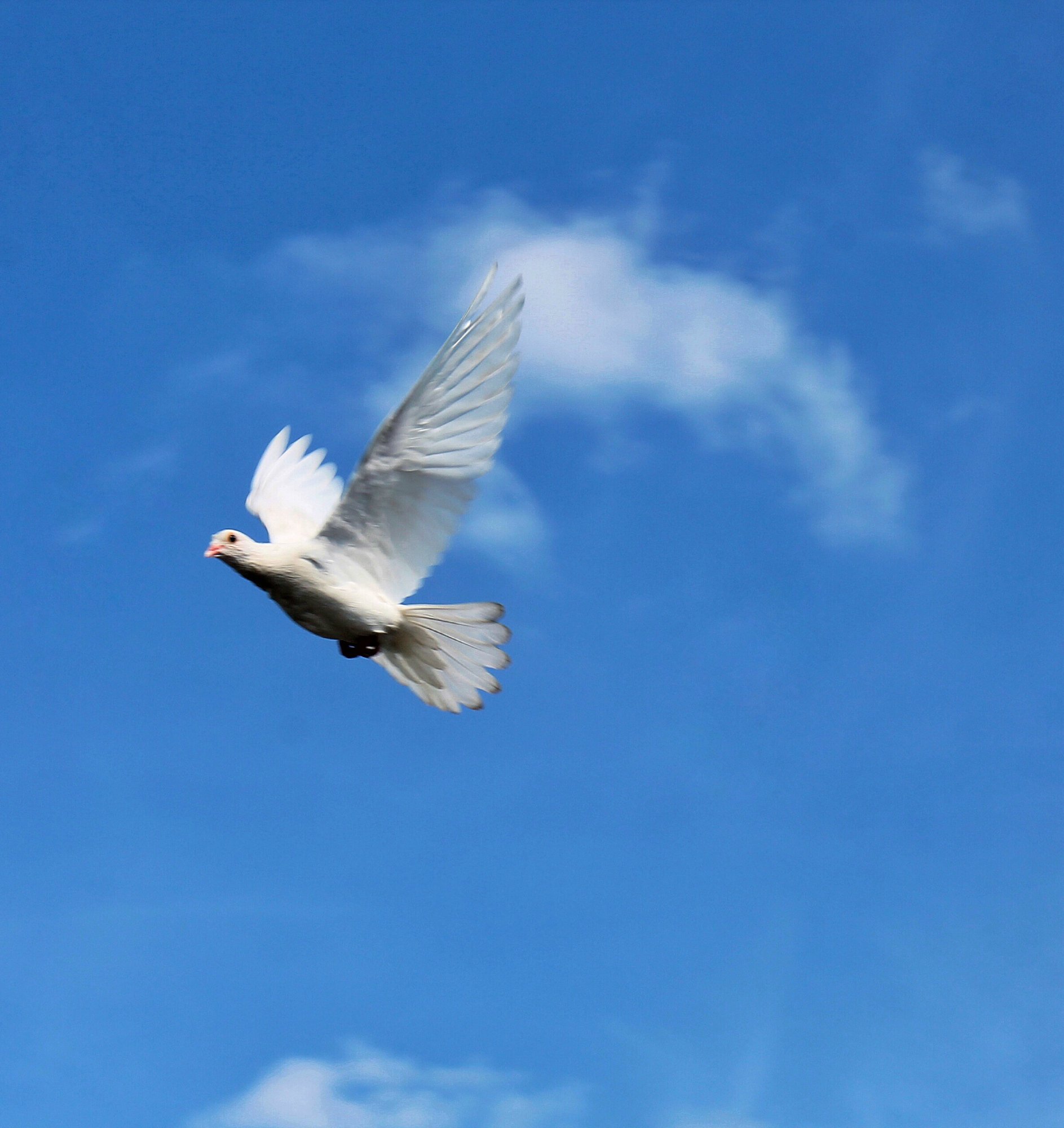
International Day of Peace

September 21 is International Day of Peace, a holiday designated by the United Nations. The idea behind the day is to raise public awareness through events and shared resources in order to strengthen the ideals of peace around the world.
Established in 1981

The U.N. General Assembly established the International Day of Peace in 1981. Its aim, as it is today, is to urge all hostilities around the world to stop. In 2001, in the same year and month as the September 11 attacks, the General Assembly voted unanimously to use the day to call for a period of nonviolence and cease-fire around the world.
Human Rights at 70

For dozens of years, the International Days of Peace have carried a theme. In 2018, on the 70th anniversary of the Universal Declaration of Human Rights, the theme is "The Right to Peace."
There's a Universal Declaration

The Universal Declaration of Human Rights, a milestone in international relations and cooperation, is the result of work and negotiations among representatives of all the regions of the world. In 1948, it was adopted by the General Assembly in Paris, and is offered as a common standard of achievement for all peoples and nations.
500 Translations
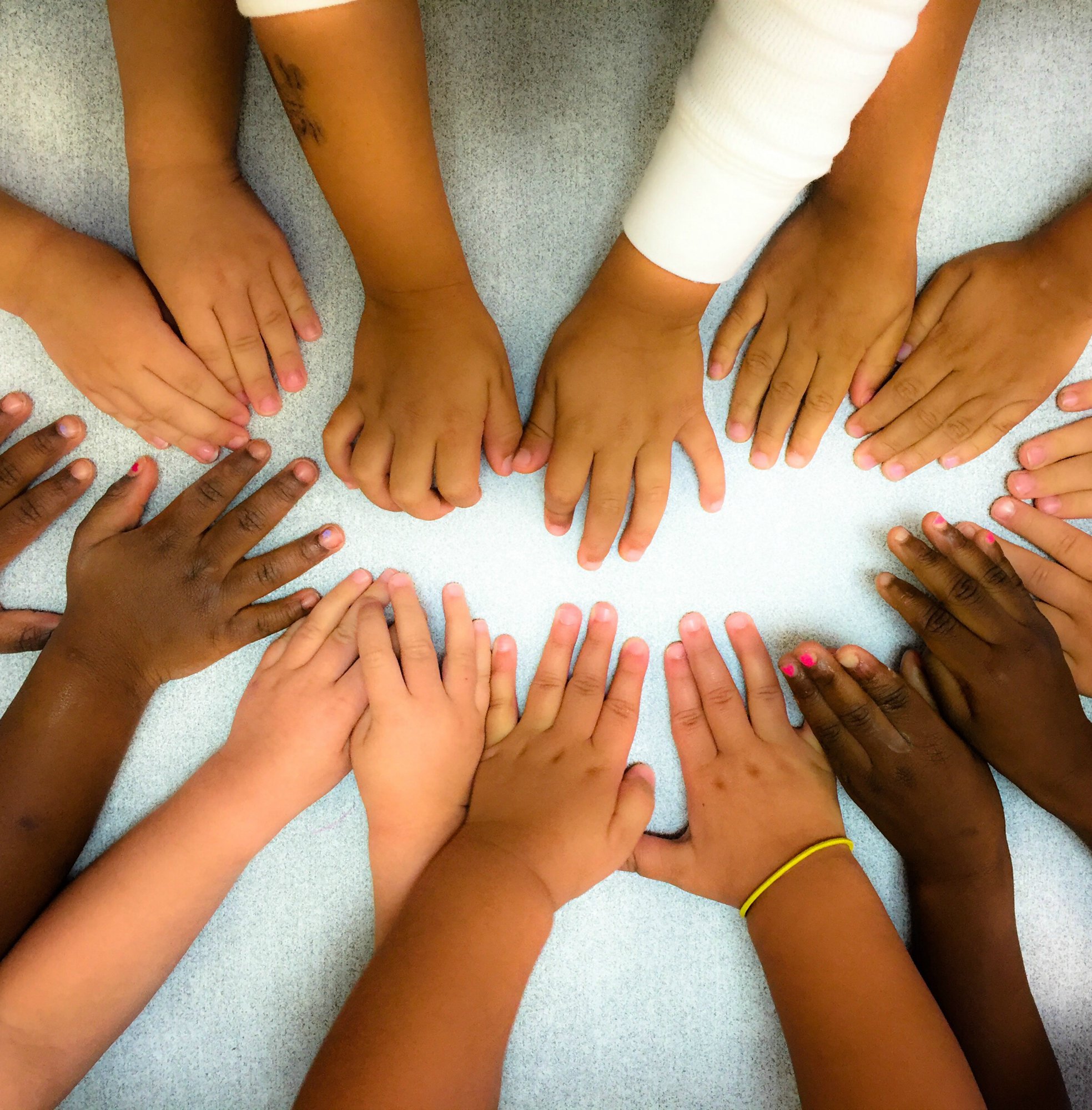
The Universal Declaration of Human Rights, was written and adopted in Paris. You can read it in any of some 500 languages, and it includes 30 articles affirming individual rights. These rights are not legally binding, however they appear and have been further detailed in various international treaties, economic transfers and laws and constitutions.
Missing Elements
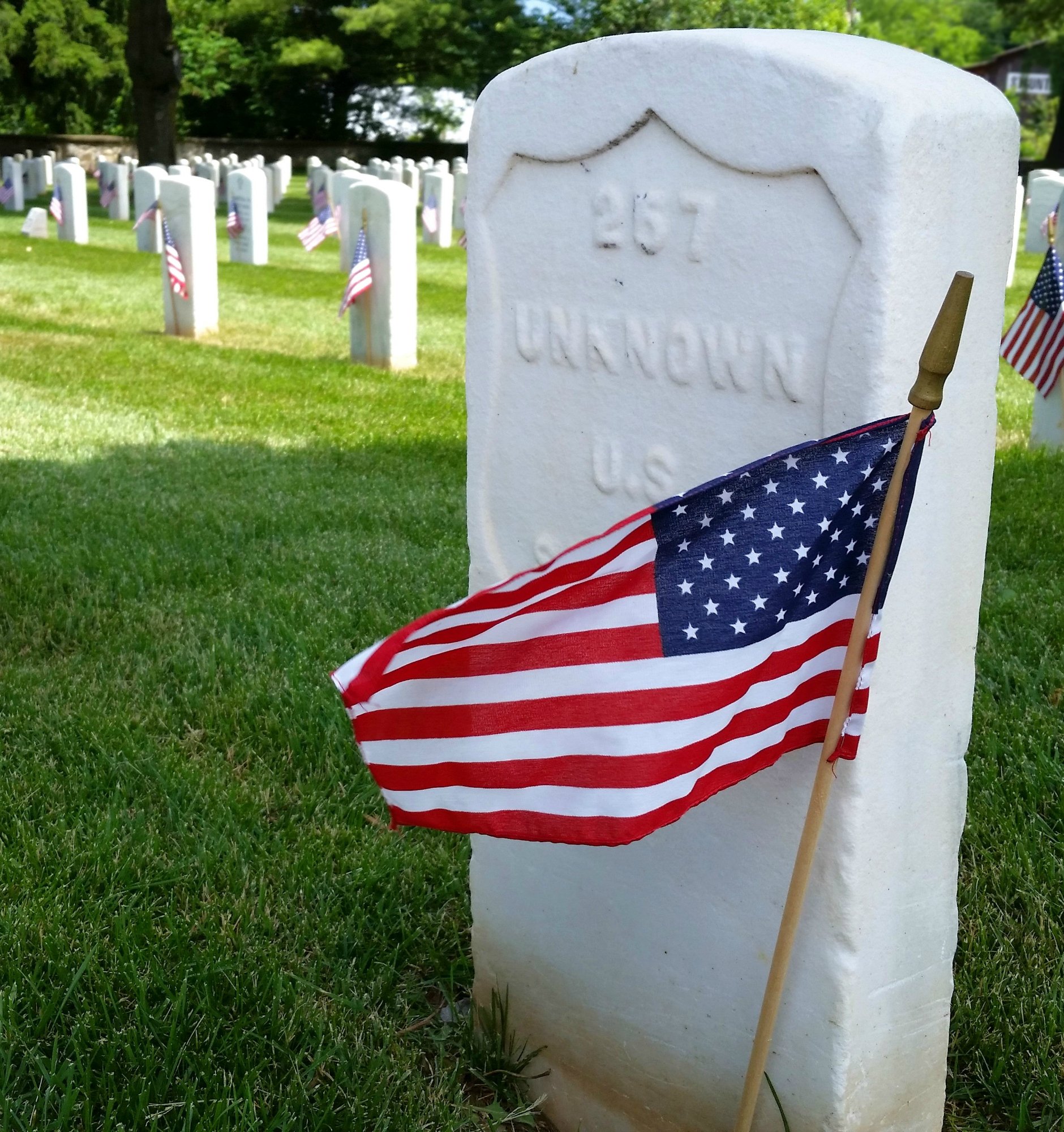
While the Universal Declaration of Human Rights states in Article 3 that "Everyone has the right to life, liberty and security of person," elements that are the foundation of freedom, justice and peace in the world, there is no separate and state right to peace.
U.N. Crowdsourcing
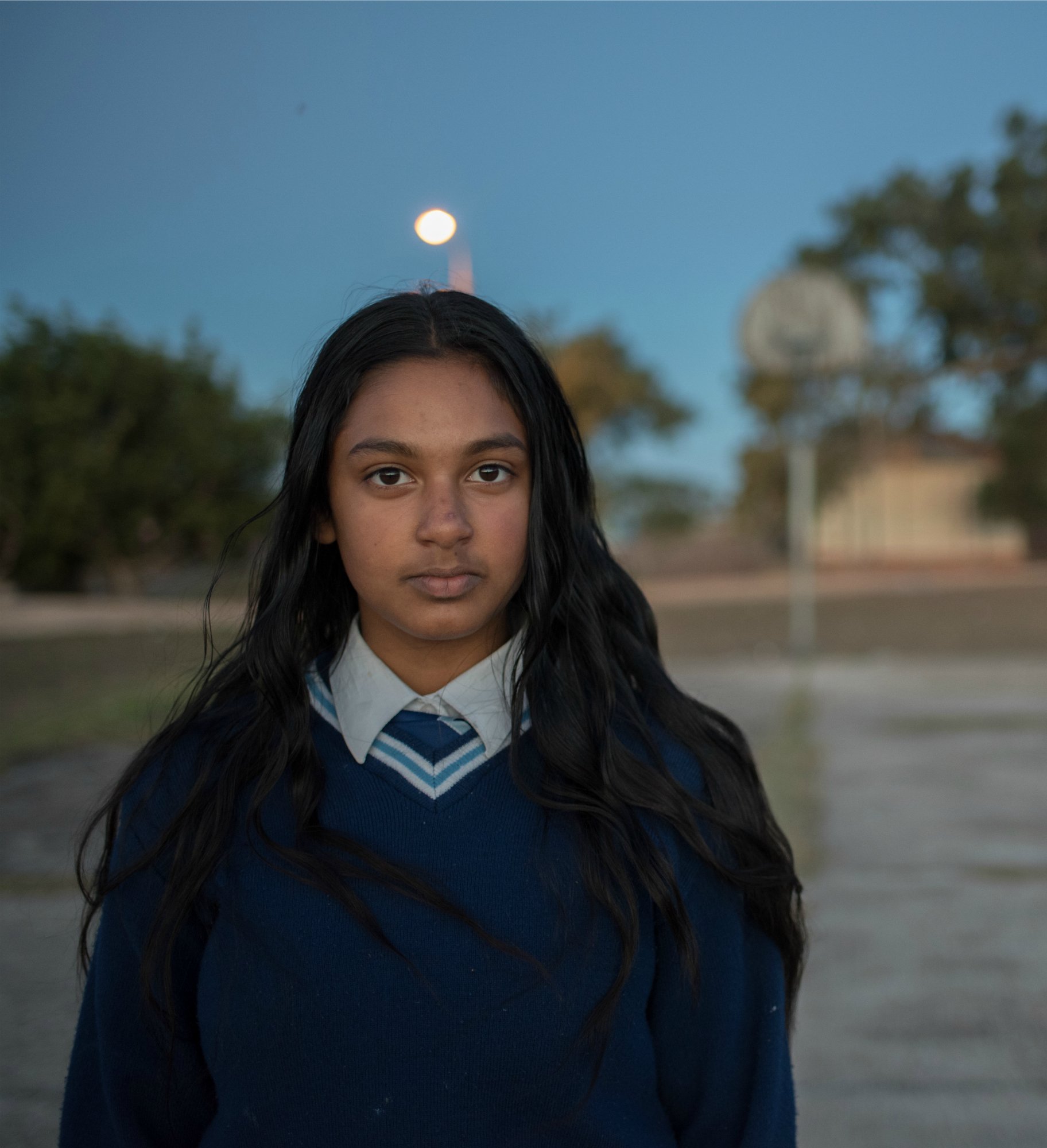
This year's "Right to Peace" theme aims to come up with what a right to peace could mean. And the U.N. is crowdsourcing this task. The organization wants to know what peace means to everyone, and they're asking you to share your thoughts on social media through #peaceday and #standup4humanrights.
Peace Day Bell
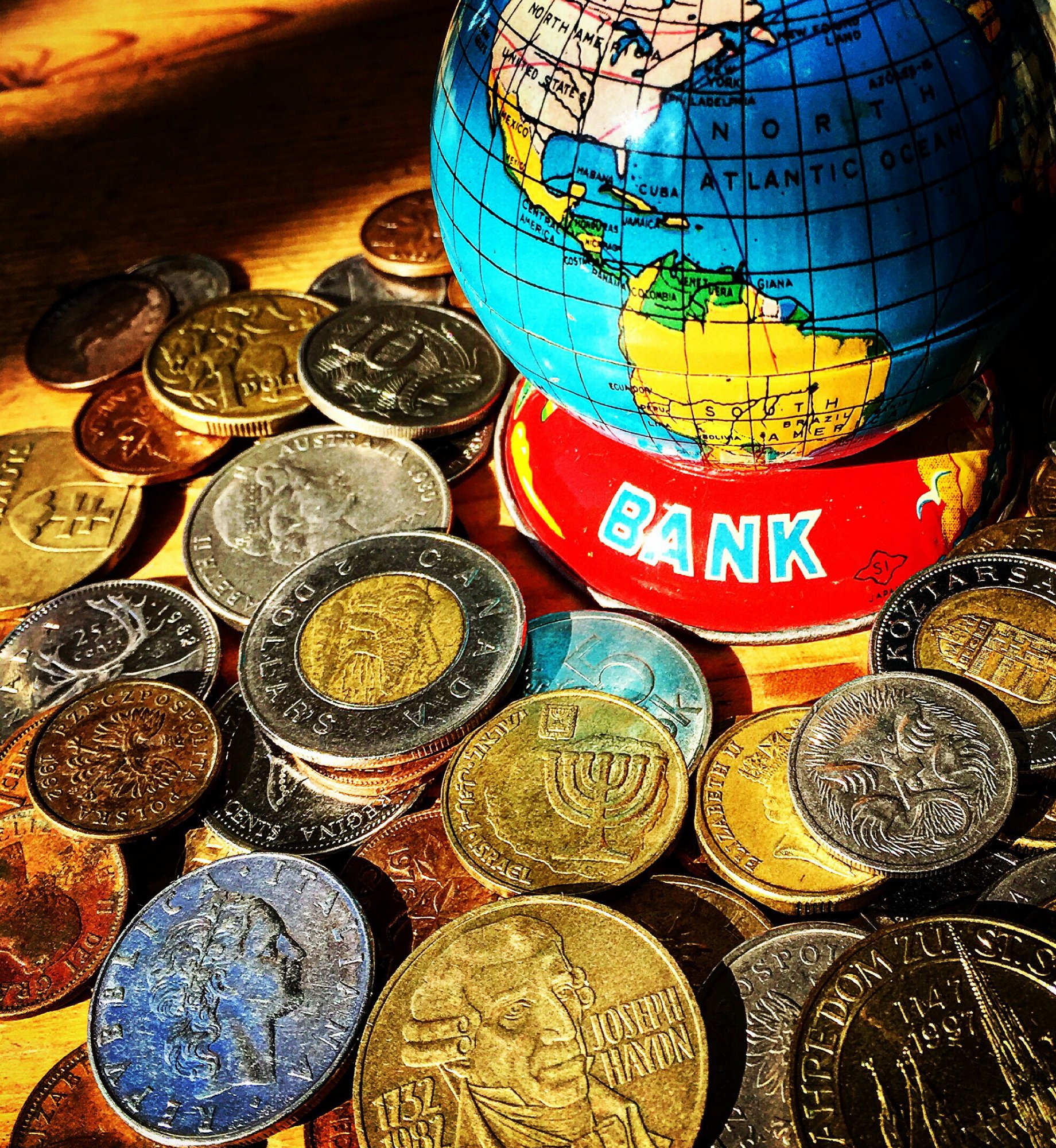
In terms of ceremony, every September 21, the U.N. Secretary-General rings a bell that was made of coins from 60 countries. This year, Secretary-General António Guterres will lead the observation.
More Than Education
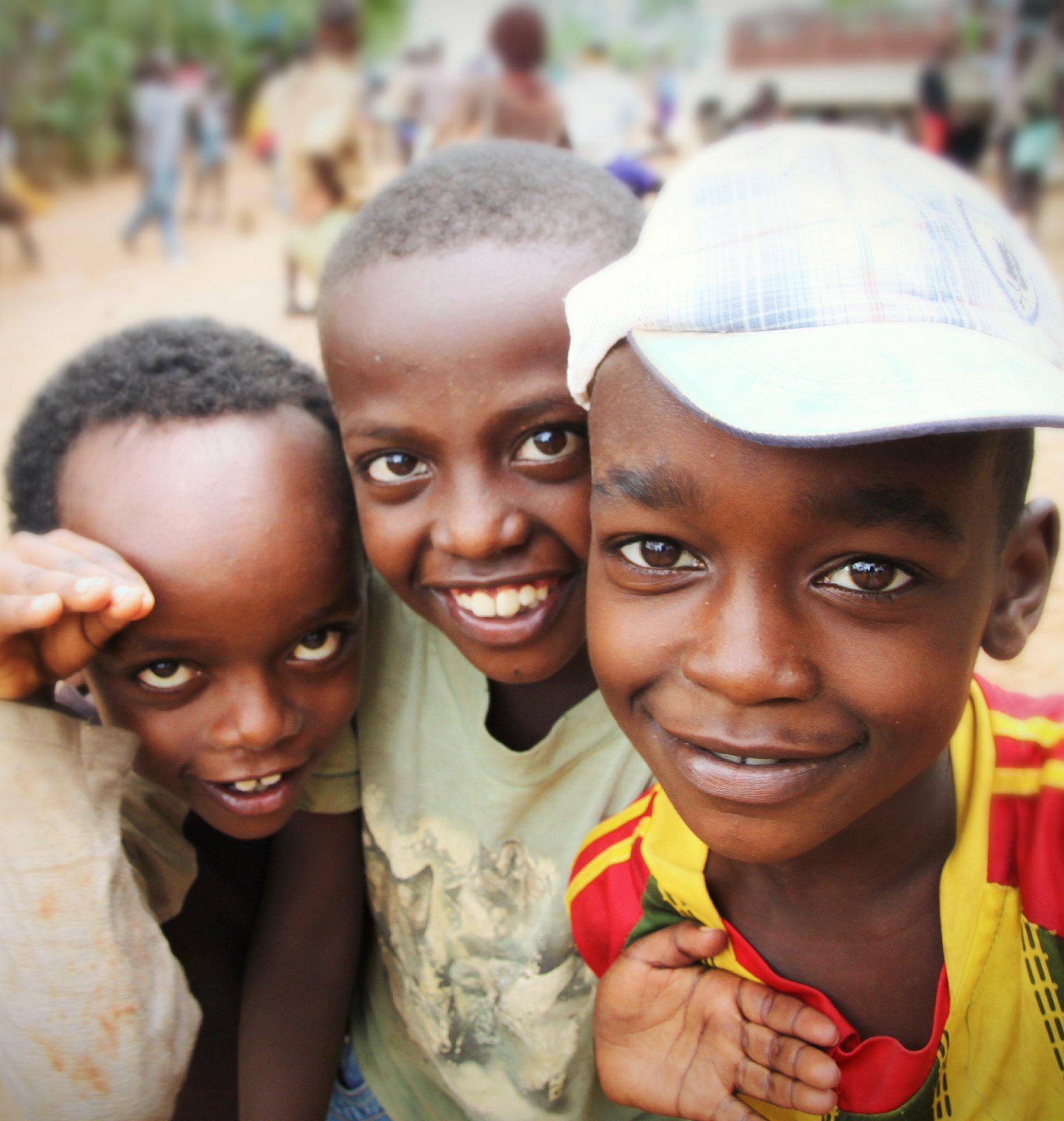
A former U.N. secretary-general once said in the days leading up to the International Day of Peace that education had to include more than teaching children to read, write and do math. Then Secretary-General Ban Ki-moon said a crucial part of education for every child is to cultivate "mutual respect for others and the world in which we live, and help people forge more just, inclusive and peaceful societies."
Visit the United Nations
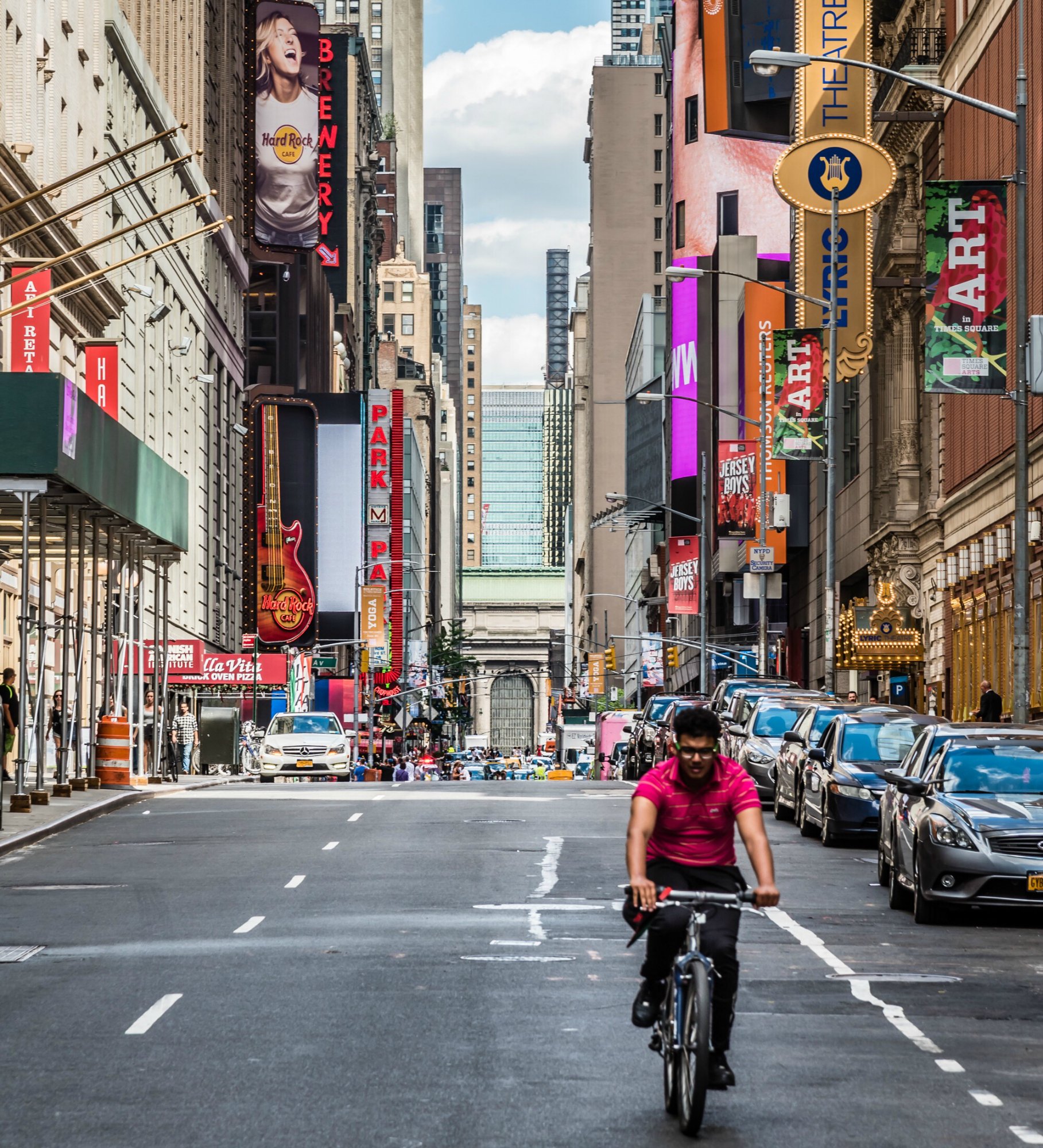
So, what should we do on September 21? There are activities and gatherings around the world to take part in. Or, if you're in New York City, why not visit the U.N. headquarters?
Plant a Tree
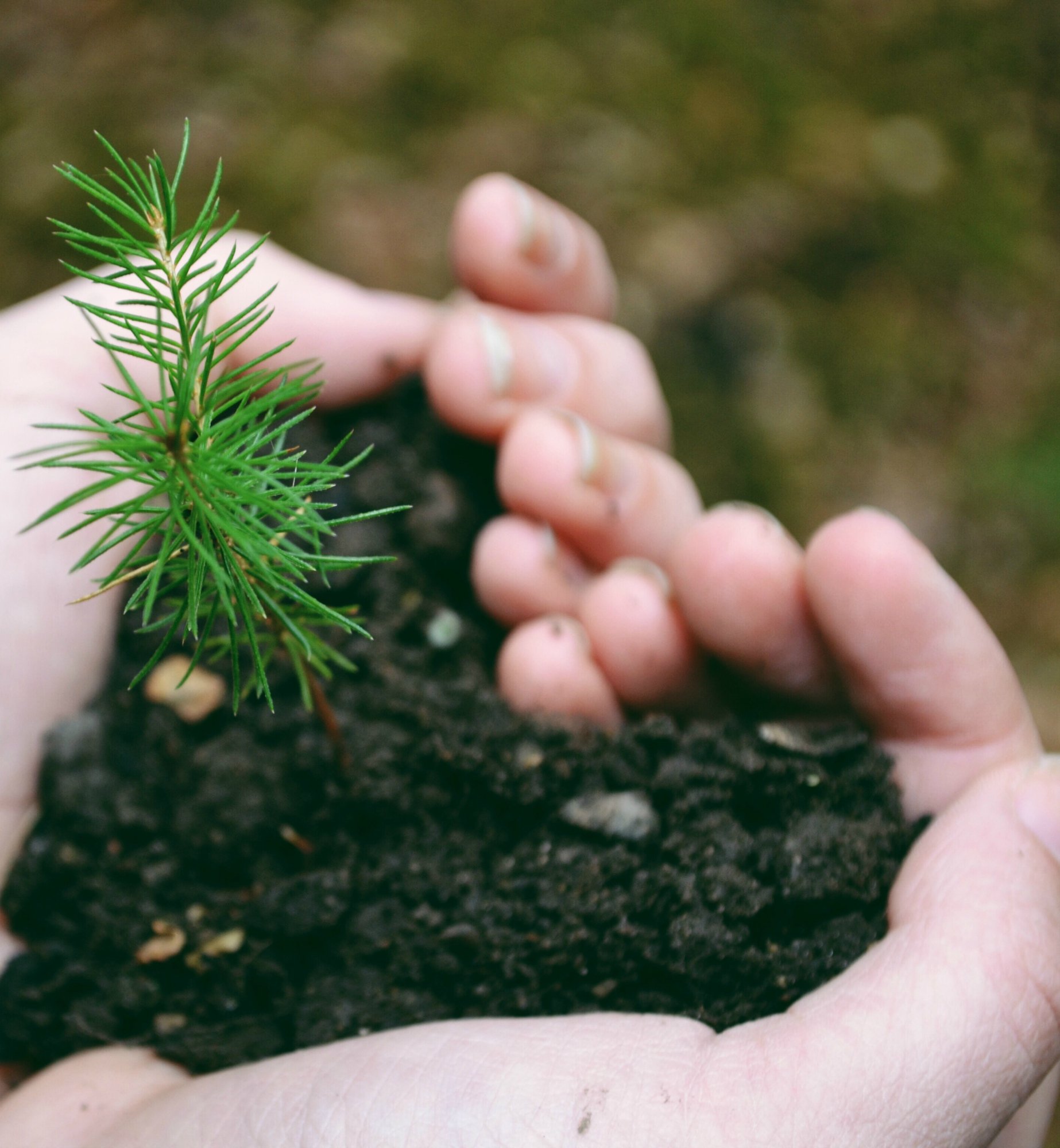
Or, you could plant a peace tree. The LEAF International Organization works with schools around the world to plant trees, talk about peace and prepare new generations for more sustainable futures both in terms of the environment and peace.
Watch a Movie

If you're more into Netflix, the U.N. suggests watching a movie on September 21. They recommend ones about peace-building, such as "A Force More Powerful," about the power of nonviolent resolutions; "Little Town of Bethlehem," about three men who were willing to risk everything to end violence in their lifetimes; or "The Imam and the Pastor," a story about Muslim-Christian relations.
Candle Lighting
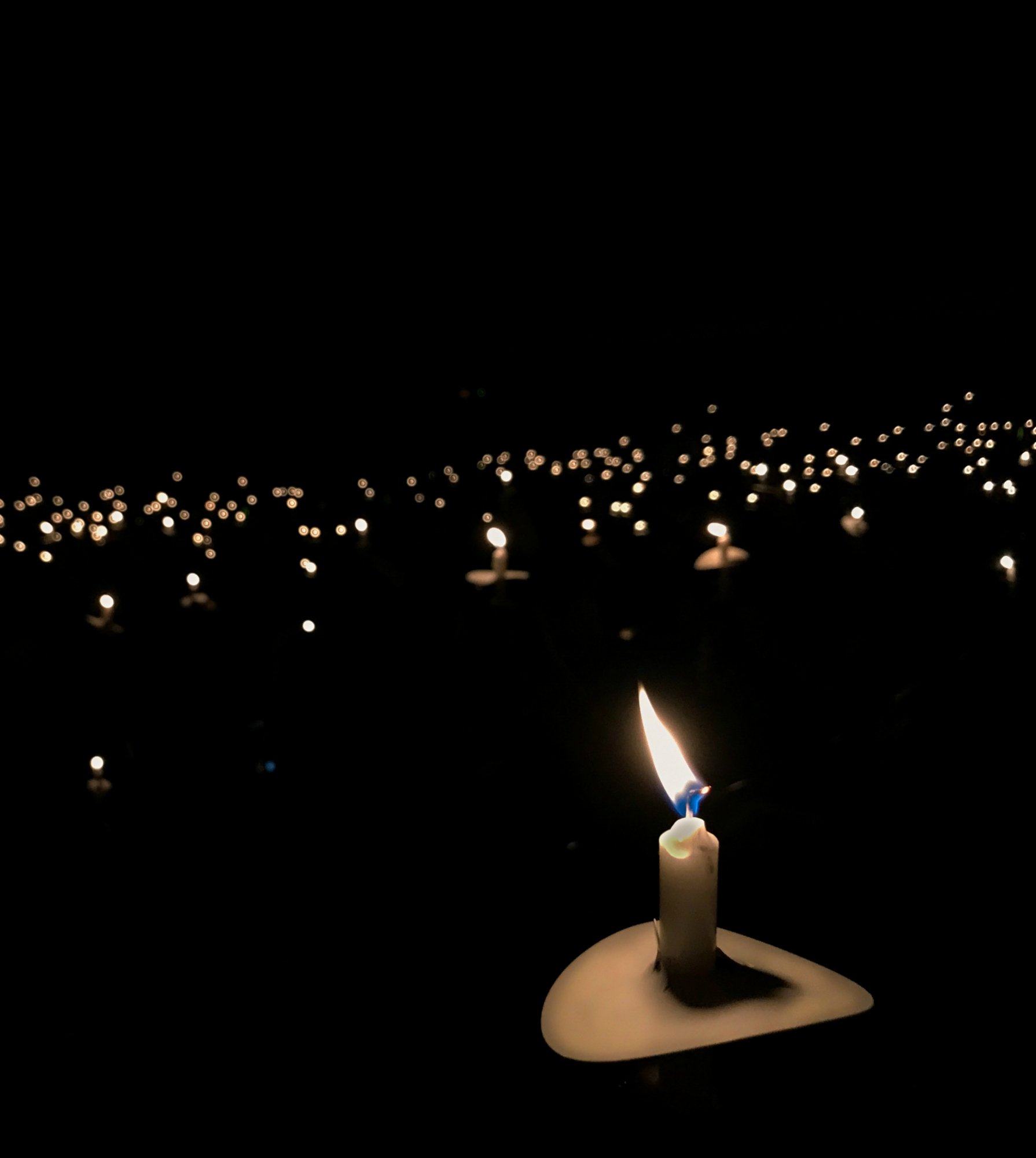
You can also observe the day by simply lighting a candle at noon, observing silence for a moment or two, or doing a good deed.
Peaceful Resolution

Perhaps the most powerful option would be taking the time on this day to learn more about peaceful resolution, nonviolent problem-solving and conflict resolution. They're simple ideas with big outcomes.
Peace, Justice and Strong Institutions
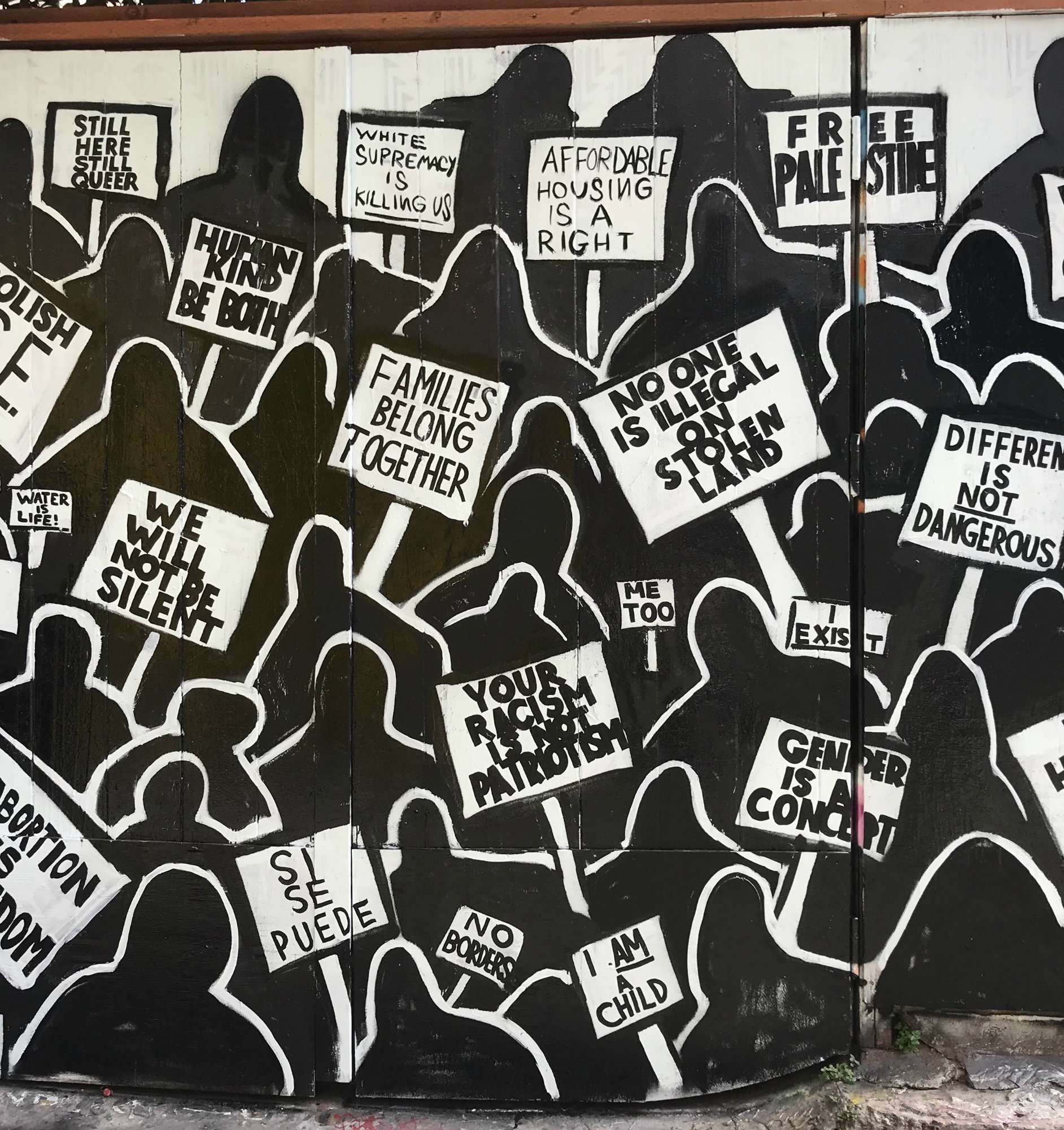
The U.N., in collaboration with the U.N. Foundation and Public Foundation, set 17 sustainable development goals to have met by 2030. You can honor September 21 by learning about these goals, talking about them and finding ways to help move toward them.
Speak Out
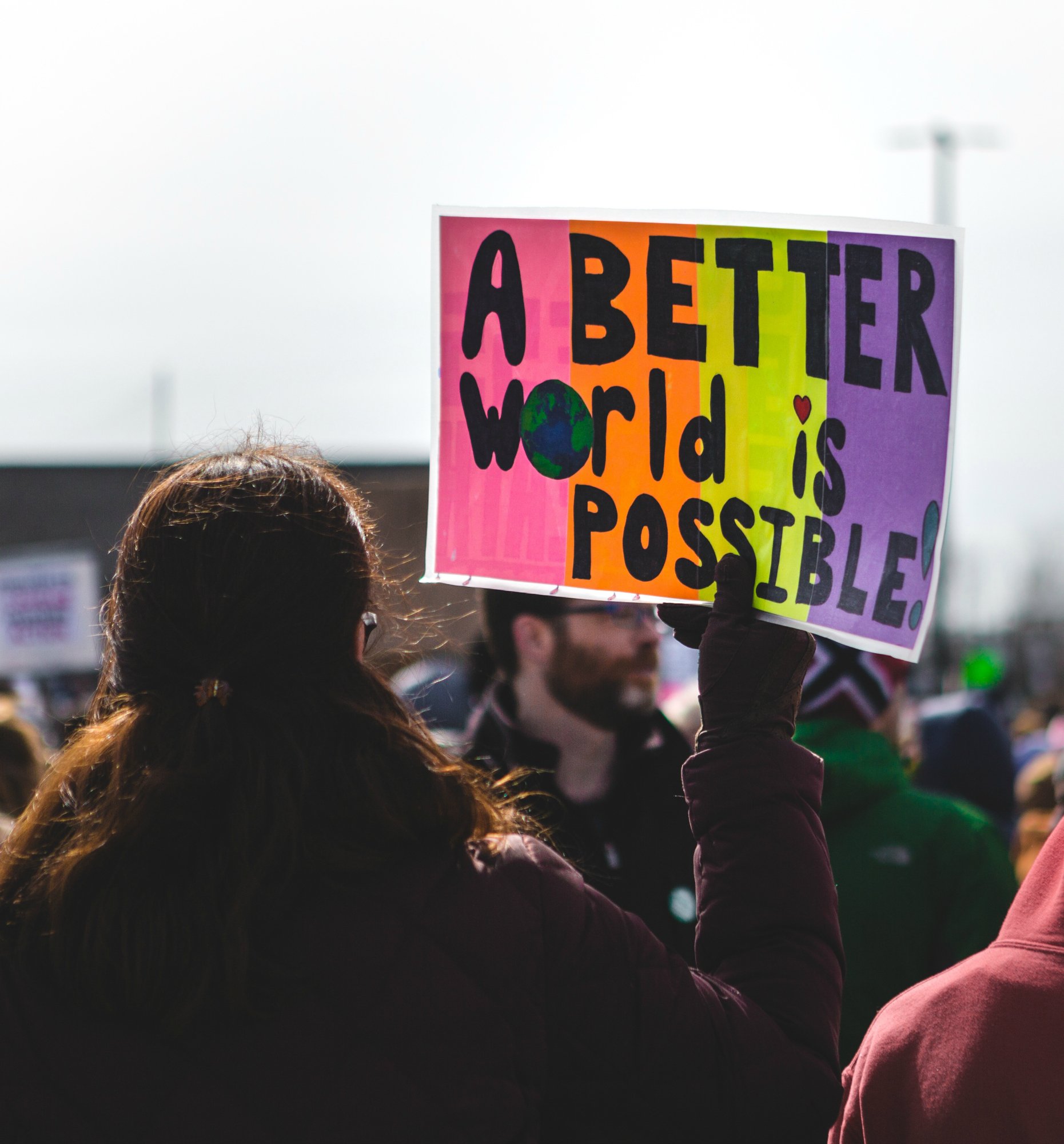
While International Peace Day is only one day a year, the work to achieve peaceful goals is year-round. You can engage with these goals by speaking up for others, especially those who are at risk. Stand up for others at work, in school or around the dinner table each and every time. Model to children how to do this, too.
Peace Is Deteriorating
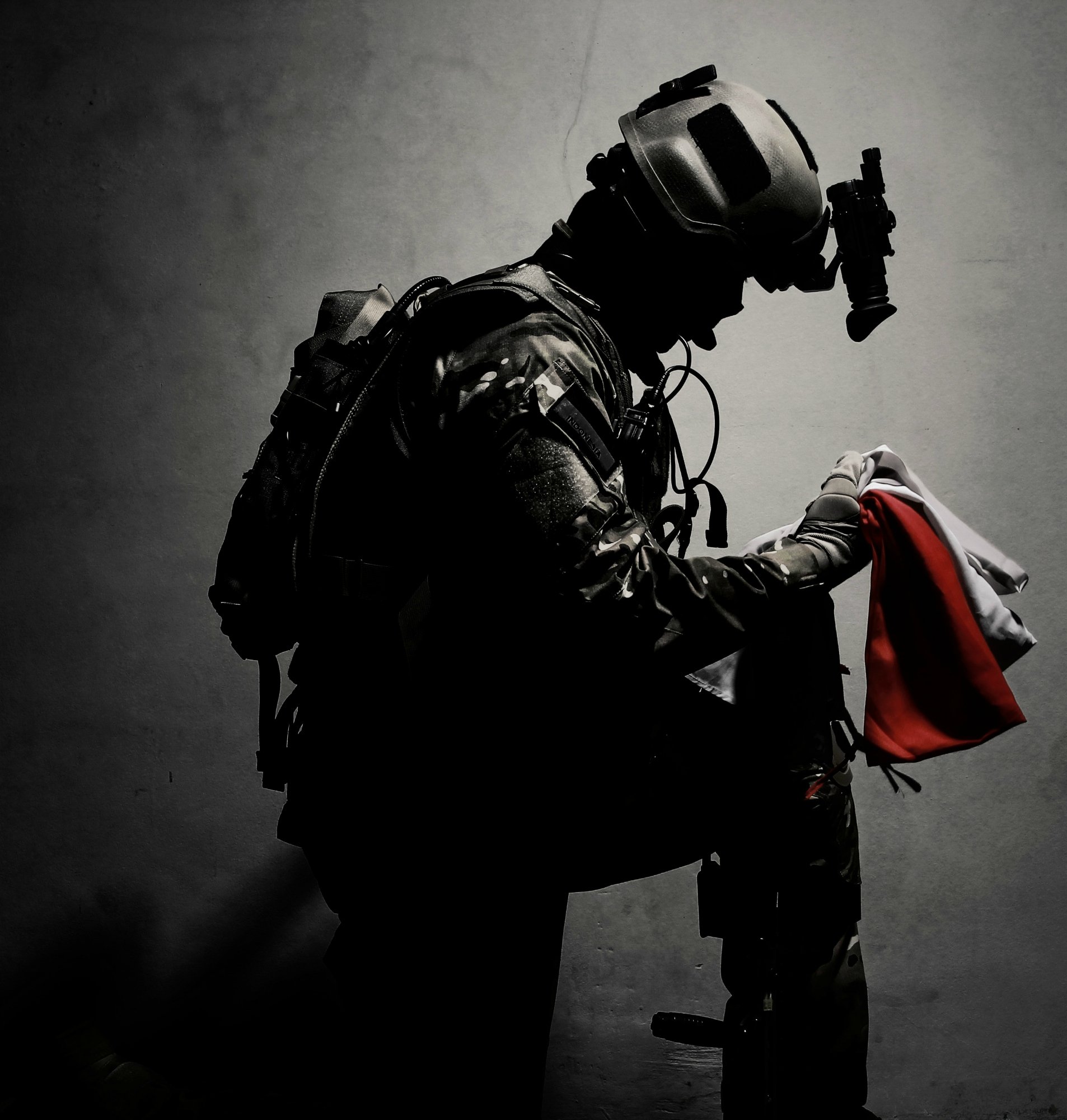
Though the International Day of Peace is nearly 40 years old, and the Declaration for Human Rights turns 70 this year, peace around the world is actually deteriorating. In 2016, the Institute for Economics and Peace released the 10th edition of its Global Peace Index, which ranks 163 independent countries and territories according to their level of peacefulness. As the GPI shows, the world is becoming less peaceful. For example, the gap between the least peaceful and most peaceful countries continues to widen.
Refugee Population Is Up
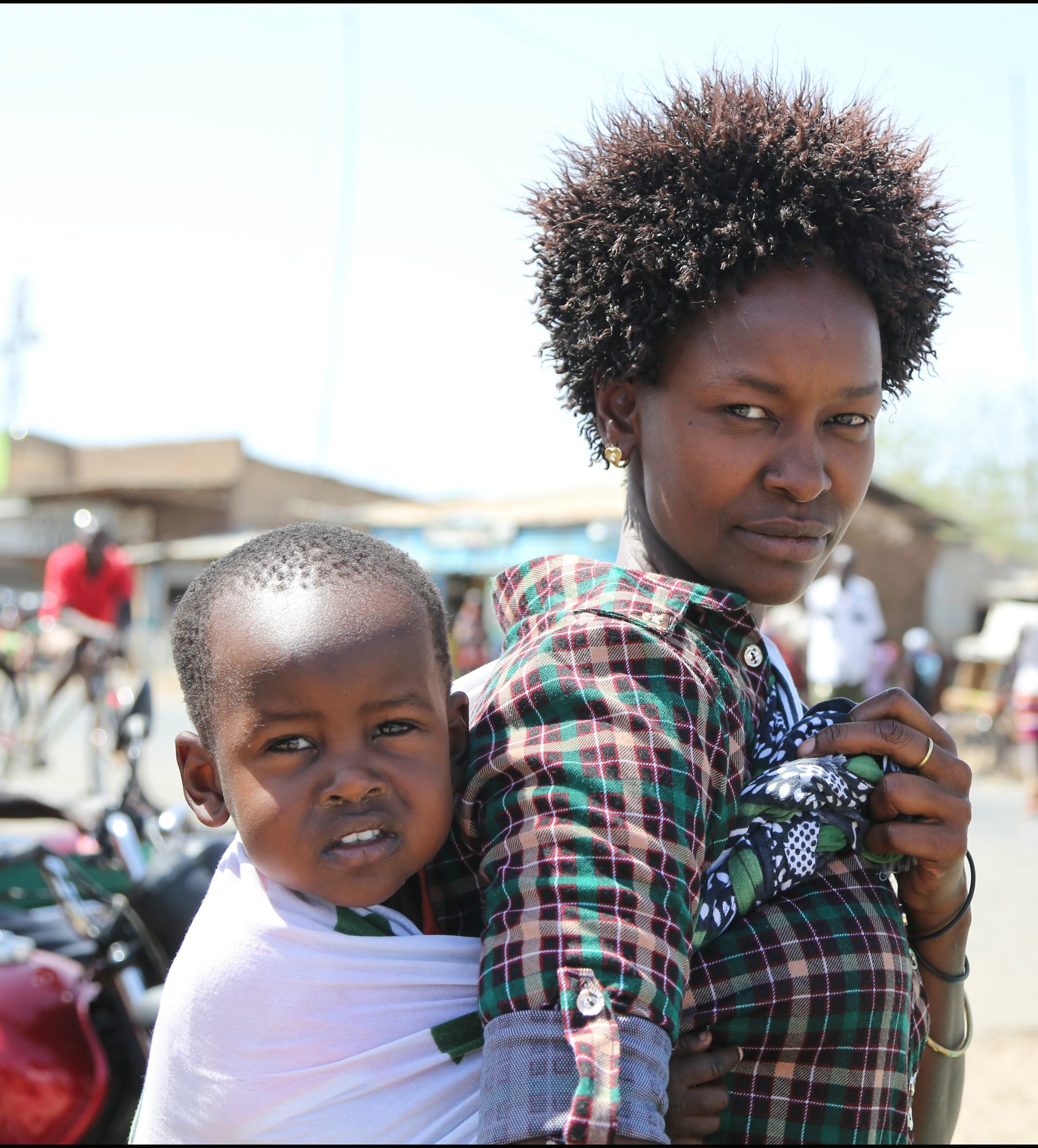
We are living in a time with the "highest levels of displacement on record," according to the U.N. Refugee Agency. The facts about refugees around the world are astounding.
Terrorism Is High
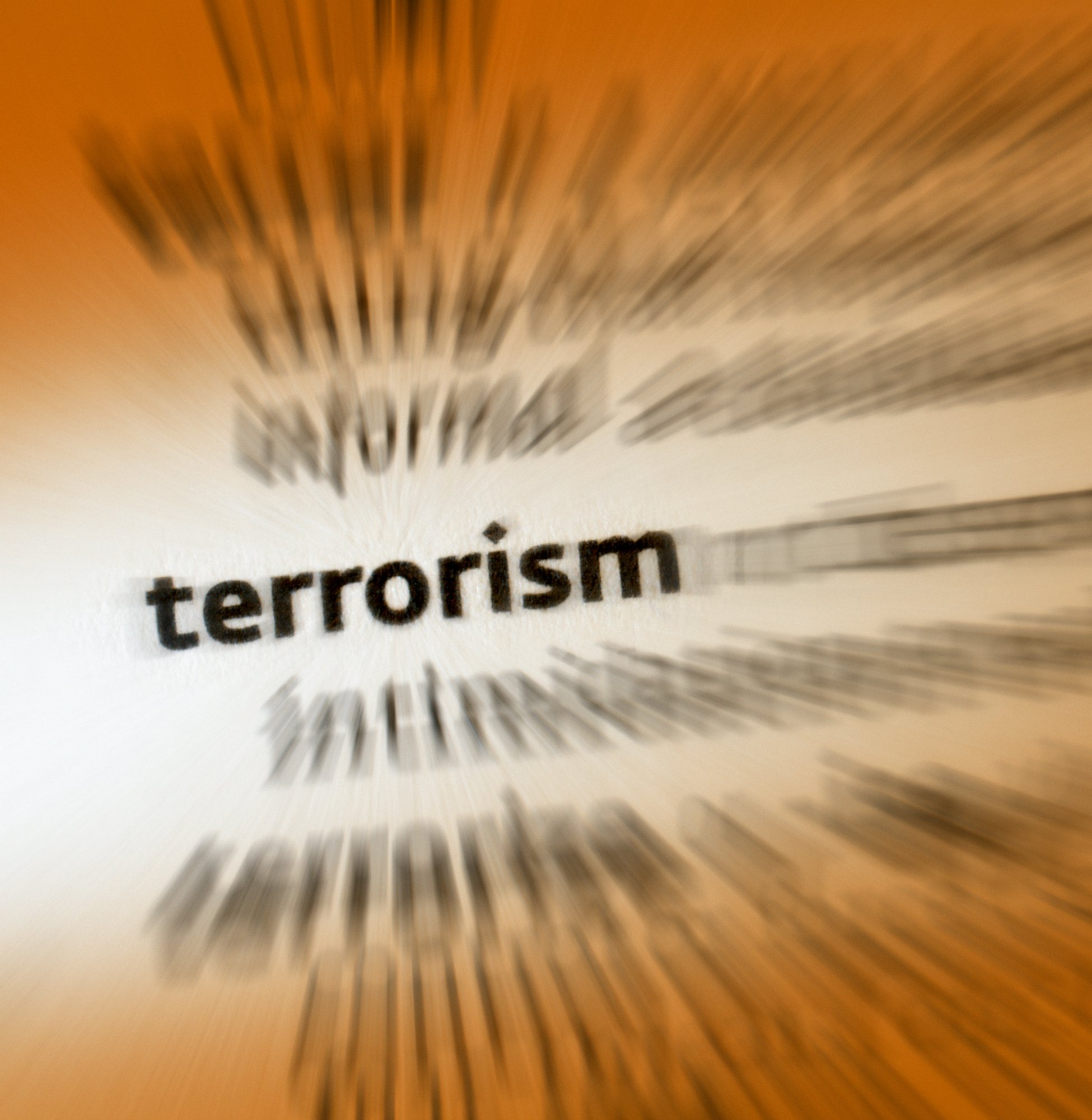
Terrorism around the world and political instability have also increased. The violence, loss of life and infrastructure, and sheer cost of waging wars costs the global economy $14.3 trillion in 2016.
Everyone Has Rights
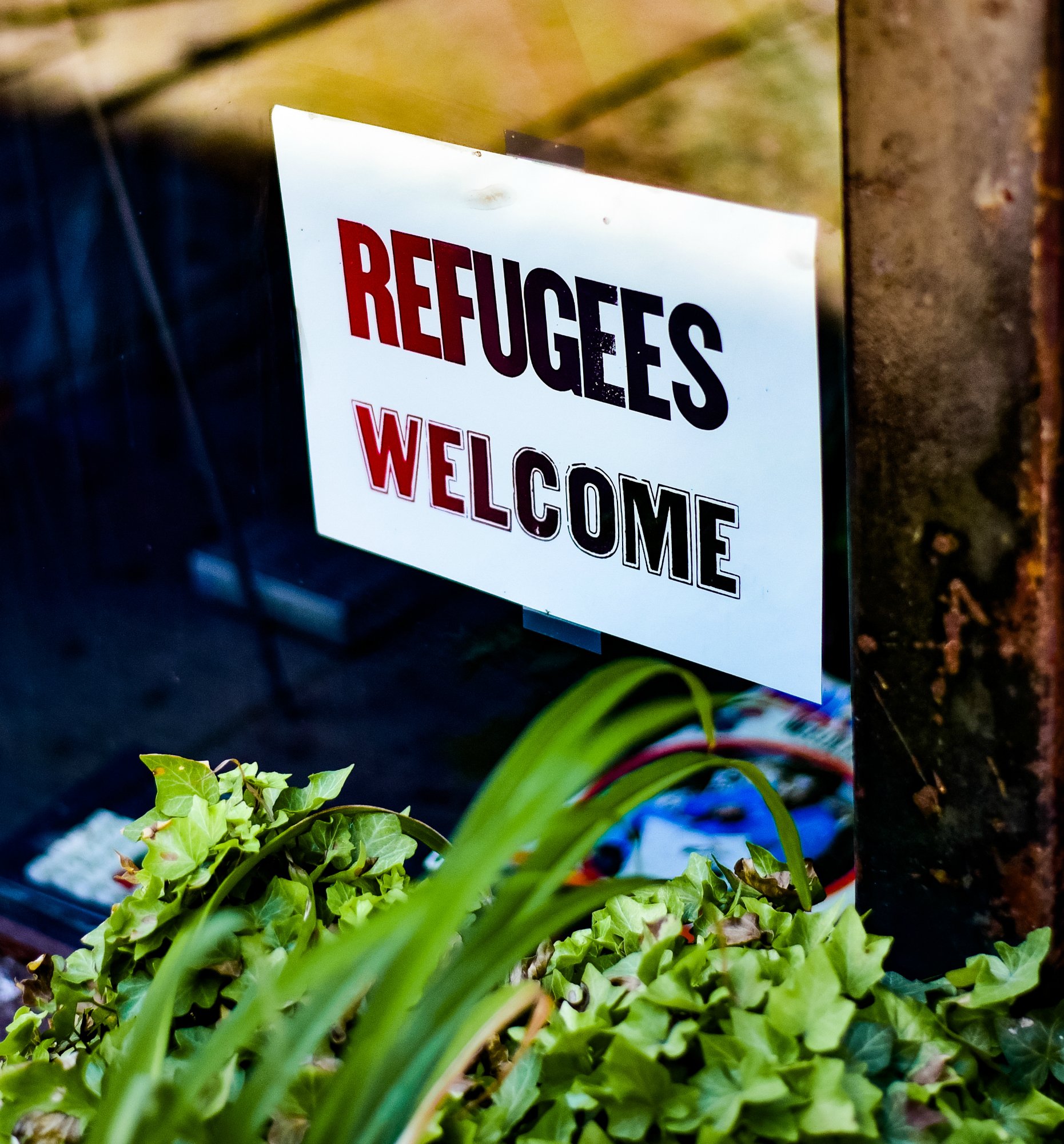
Human rights are standards that allow everyone to live with dignity, freedom, equality, justice and peace. These rights are conferred on everyone without regard to where they come from, who they are, how the live. Human rights, many argue, are essential to the full development of individuals and also communities. Makes sense, right? On the International Day of Peace, why not see what you can do to create a world where these rights are recognized and upheld?



